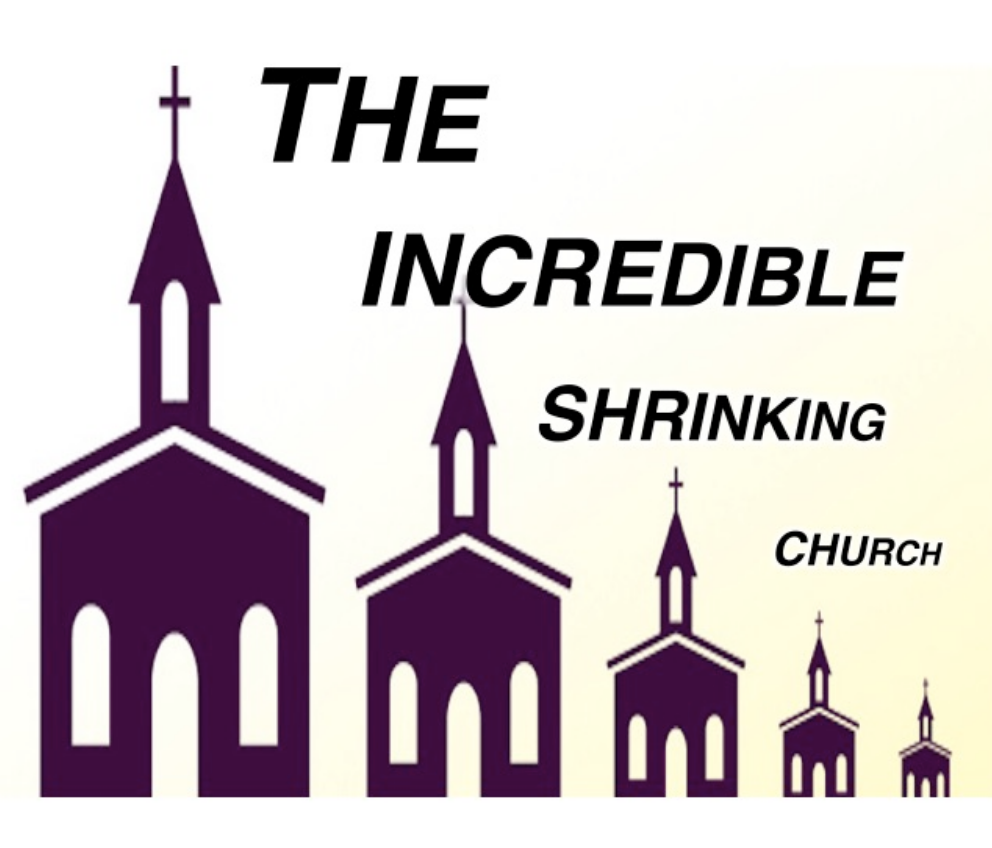If you have ever bought a home, or looked for property for a business (or a church), you may have heard a realtor say this: “Location, location, location.” The Urban Dictionary defines this term as follows: “Phrase to remind people that the most determining factor in the price of a house is the location.”
Money isn’t the only thing that matters, of course.
Back in the 1980s, I began to realize that this location-times-three mantra was affecting many major religion-beat stories that I was covering, especially in Christian flocks that include folks called “bishops.” In so many cases, what happened in churches — even what was taught from pulpits — was shaped by what that congregation’s bishop encouraged, discouraged or even punished.
This basic equation loomed in the background during this week’s “Crossroads” podcast (CLICK HERE to tune that in), which focused on the stunning responses that Pope Francis offered to “dubia” (Latin for “doubts”) documents from five doctrinally conservative cardinals.
Did he or did he not signal his support for same-sex blessing rites (or sort-of rites) in Catholic parishes around the world? Well, this pope is a Jesuit, which means that he declined to give a “yes” or “no” answer. But what he seemed to say was this: There are Catholic clergy who can find ways to show “pastoral charity” to LGBTQ+ Catholics and, if this is OK with their local bishops, they can proceed with blessing gay couples (since that is what many of them are already doing).
Now, this is long and quite Jesuit (the adjective form of the word). But readers need to see all of this to understand what may or may not be showing up in the news that they read. Francis proclaimed:
a) The Church has a very clear conception of marriage: an exclusive, stable, and indissoluble union between a man and a woman, naturally open to the begetting of children. It calls this union “marriage.” Other forms of union only realize it “in a partial and analogous way” (Amoris Laetitia, 292), and so they cannot be strictly called “marriage.”
b) It is not a mere question of names, but the reality that we call marriage has a unique essential constitution that demands an exclusive name, not applicable to other realities. It is undoubtedly much more than a mere “ideal.“
c) For this reason the Church avoids any kind of rite or sacramental that could contradict this conviction and give the impression that something that is not marriage is recognized as marriage.
d) In dealing with people, however, we must not lose the pastoral charity that must permeate all our decisions and attitudes. The defense of objective truth is not the only expression of this charity, which is also made up of kindness, patience, understanding, tenderness, and encouragement.




